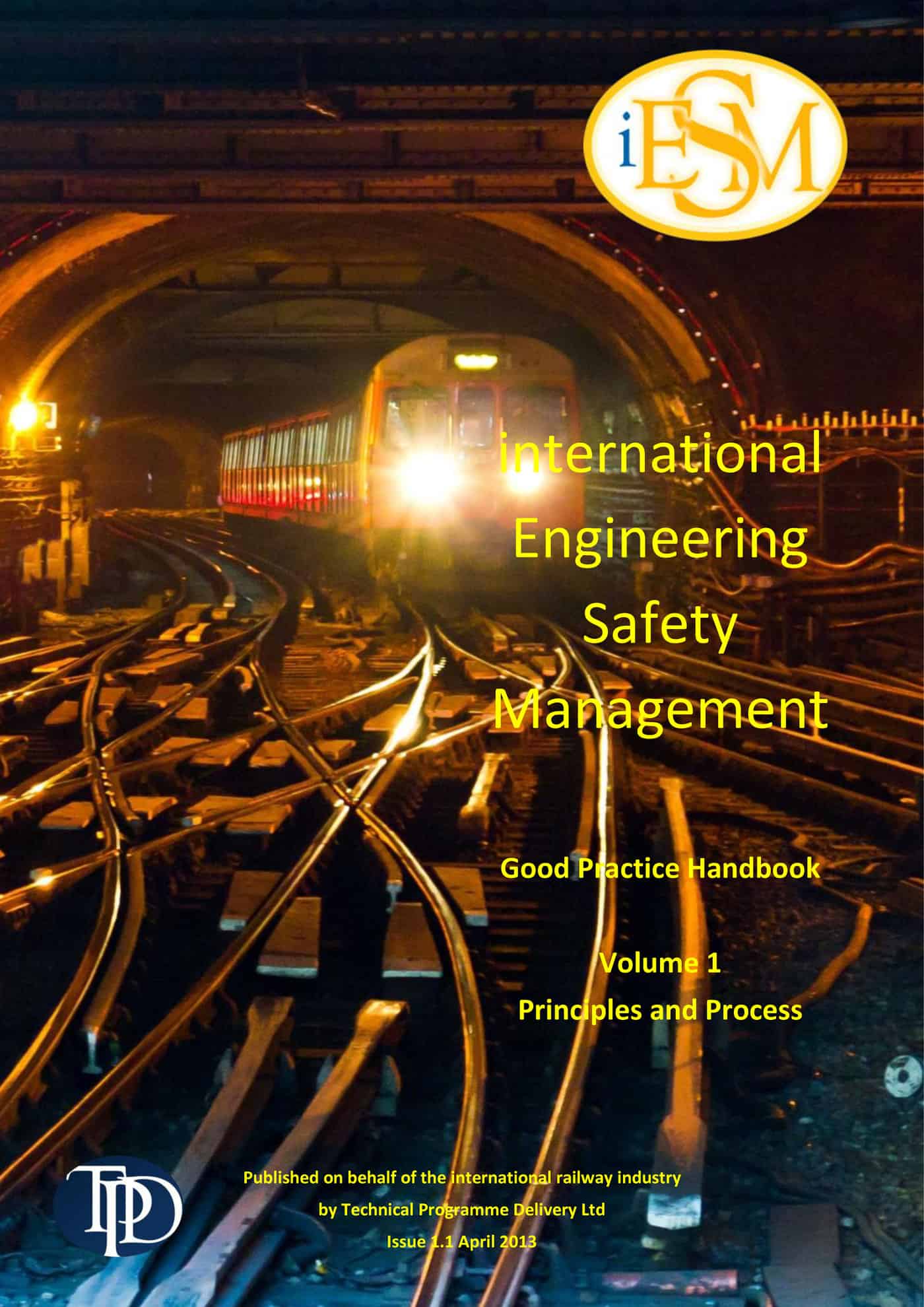Mohammad Rabbi has recently written that
“…safety culture is something that must permeate an entire organization. Its application largely depends on the investment, training, employee attitude, environment, location, laws, customs and practices in the industry. So how can organizations go about developing a safety culture?”
He is right that any safety culture has a wide range of business and social contexts but the quote, and the article, Workplace Safety Culture 101, seems to miss a couple of contextual realities. Many of these issues quoted appear to be basic elements of business and safety management and not dependent on safety culture programs.




